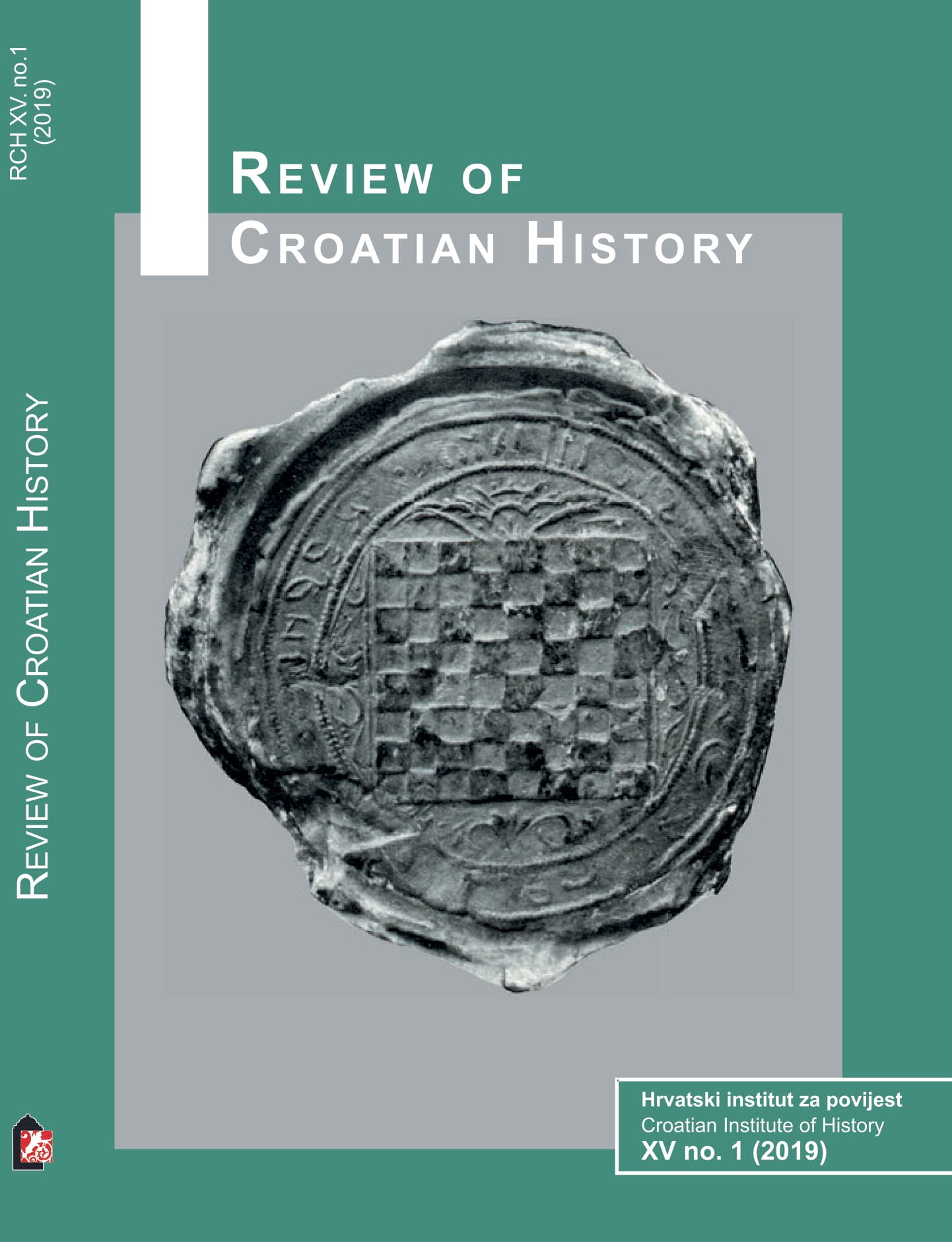ENVIRONMENTAL ACTIVISM DURING COMMUNIST ERA IN SLOVENIA
DOI:
https://doi.org/10.22586/review.v15i1.9740Keywords:
1970s, 1980s, Yugoslavia, Slovenia, Environmental activism, Association for Environmental Protection in Slovenia (AEPS), Greens of SloveniaAbstract
Upon 1945, the Yugoslavian communist leadership put in motion ambitious strategy of industrialization and modernization regardless of costs, hence gradually evolving issues of environmental degradation were placed in a subservient position. Some planners deemed environmental degradation a necessary evil in order to fulfill pledges of development, progress, and better living standard. However, from the 1970s onwards environmental issues were addressed in urban planning, improvement of central-heating systems, by setting out emission thresholds, and mandatory environment clearance for credits approval for corporative entities, but law enforcement was not upheld to the highest standards and in full.
The League of Communists of Slovenia allowed rather loosely knitted grass-roots environmental enthusiasts since the late 1960s; groups were comprised with well-educated citizens, which were mostly keen mountaineers. Environmentalists were especially active in urban areas mostly dealing with local issues (urban planning, sewage systems, contamination of the tap water, and excessive use of pesticides and fertilizers).
In 1971, local environmental societies merged into the Association for Environmental Protection in Slovenia (AEPS), which in the late 1970s focused broadened scope of activities, mainly against the construction of hydroelectric power installations on the Soča River and the Mura River, and the Nuclear Power Plant Krško after the Chernobyl accident. In the 1970s, in Yugoslavia and Slovenia as well, concurrently with the West, modern legislation for environmental protection was adopted, and new self-government bodies for environmental issues comprising with politicians, lawyers, scientists, and environmentalists were established; thus the influence of AEPS somehow diminished. The Slovenian government increased finances for research, and at the same time in the environmental debates replaced politicians with technocrats, who proved to be unwilling listeners to environmentalists' complaints and suggestions. The environmentalists were accused by a top-level politician of being exaggerators, followers of Western initiatives and in general obstructers of development.
In 1980s environmentalists broadened its ranks and scope of activities, especially after the Chernobyl Nuclear Accident. Environmental societies and society were attracting people who were interested in changes but did not want to risk direct political opposition and the consequences of this type of direct dissent. Slovenian environmental groups played an important role during the democratization. In 1989 they even established a political party ‘Zeleni Slovenije’ (Greens of Slovenia). The party was a partner in the first post-communist Slovenian government (1990-1992), and they successfully pushed for incorporation of ‘green policies’ in the Slovenian legislation.
Downloads
Published
How to Cite
Issue
Section
License
Copyright (c) 2019 Review of Croatian History

This work is licensed under a Creative Commons Attribution-NonCommercial 4.0 International License.
The copyright holders are the Croatian Institute of History (as the publisher) and the authors.
The Review of Croatian History is an open-access journal. Its contents are freely accessible in their entirety. Users may read, download, copy, distribute, print, search, or put links to its material, and to change, reword, and process the material or use it in other legal ways, as long as they cite the original in the appropriate manner, in accordance with the Creative Commons licence CC BY-NC.
Works published in the Review of Croatian History may be deposited in institutional or thematic repositories, as long as the appropriate links to the web pages of the Journal and Hrčak (central portal of Croatian scientific journals) are made available.
The self-archiving policy is indexed in the Sherpa/RoMEO database, where it is visible that the journal allows the depositing of unreviewed (pre-print), reviewed (post-print), or publisher’s versions of the work.


